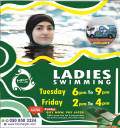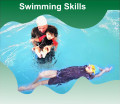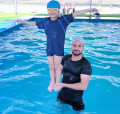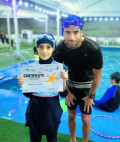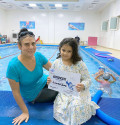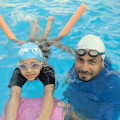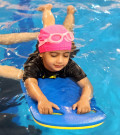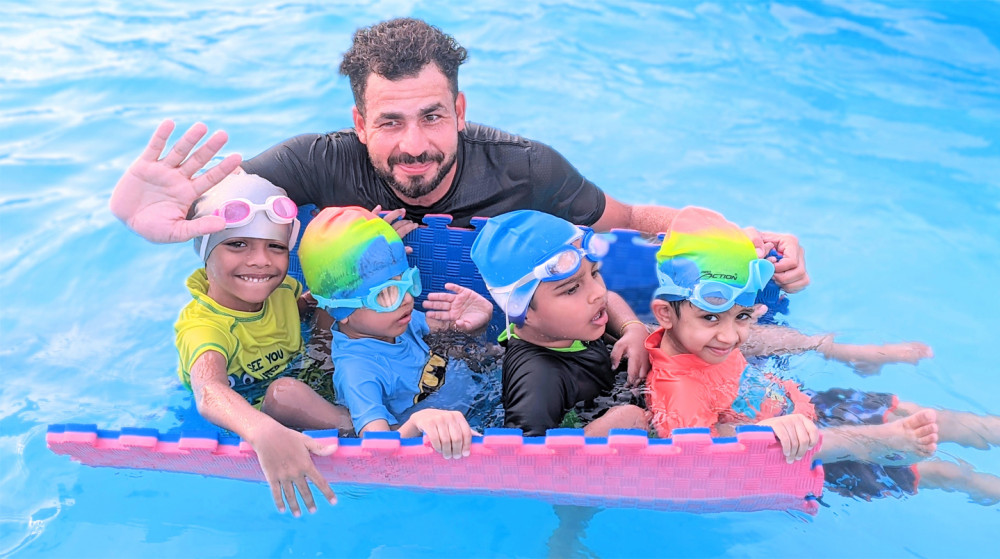
Swimming different techniques for kids
2023-08-27 - swimmingSwimming is a versatile and enjoyable activity that can be performed using various methods and techniques. Here are some of the most common swimming methods:
Freestyle (Front Crawl): Freestyle is one of the fastest and most popular swimming styles. Swimmers use an alternating arm motion while kicking their legs in a flutter kick. Breathing is done by turning the head to the side during arm strokes.
Backstroke: Also known as the back crawl, this technique involves swimming on your back. The arms move in a circular motion while the legs perform a flutter kick. Breathing is more straightforward in backstroke, as the face remains out of the water.
Breaststroke: This style incorporates a simultaneous arm movement, known as the "pull," followed by a "kick" of the legs. The arms move in a circular pattern, while the legs execute a whip kick, during which the feet are drawn toward the body and then extended outward.
Butterfly Stroke: The butterfly is a challenging yet graceful technique. Both arms move simultaneously in an upward and outward motion while the legs execute a dolphin kick, resembling the movement of a dolphin's tail.
Sidestroke: In this style, the swimmer lies on their side and performs a scissor-like kick with their legs. One arm pulls through the water, while the other remains at the side for stability. Sidestroke is often used for leisurely swimming and is also employed by lifeguards for rescue purposes.
Elementary Backstroke: Similar to backstroke, but with a reversed arm motion. The arms sweep outward while the legs execute a frog kick. This style is often used for beginners and is known for its ease and efficiency in keeping the face above water.
Trudgen: A historical method that combines a flutter kick with a windmill-like arm movement. The arms alternately sweep over the water's surface while the swimmer breathes by turning their head to the side.
Tarzan Stroke: A technique used in open water or rough conditions, where the swimmer keeps their head above water most of the time to prevent swallowing water or debris. The arms use a modified freestyle motion, and the legs perform a flutter kick.
Combat Side Stroke: This technique is used by the military and focuses on efficiency and minimal splashing. It involves a scissor kick with one arm performing a large sweeping motion and the other arm acting as a stabilizer.
Sculling: Sculling is a technique where the swimmer uses their hands and forearms to generate propulsion. It's often used for treading water or for maintaining a specific position in the water.
Remember that each swimming style requires practice and proper technique to achieve efficiency and reduce the risk of injury. Different methods suit different purposes, whether it's competitive swimming, leisure swimming, or survival skills. If you're a beginner, consider taking swimming lessons to learn these techniques under the guidance of a certified instructor..







.jpg)





















































